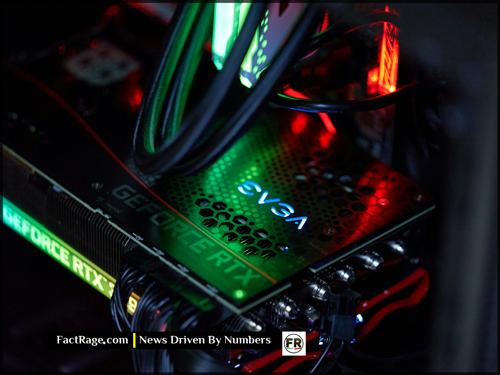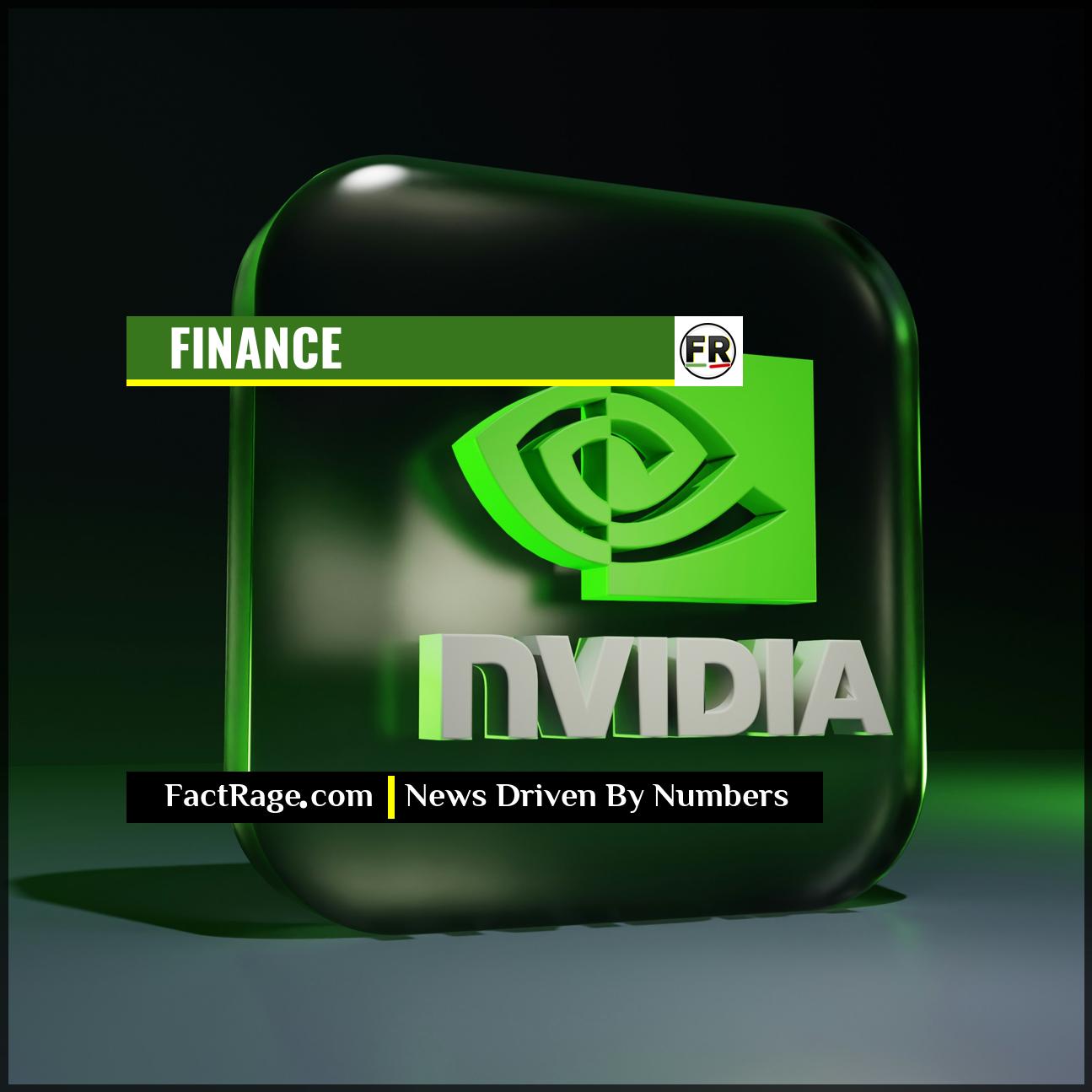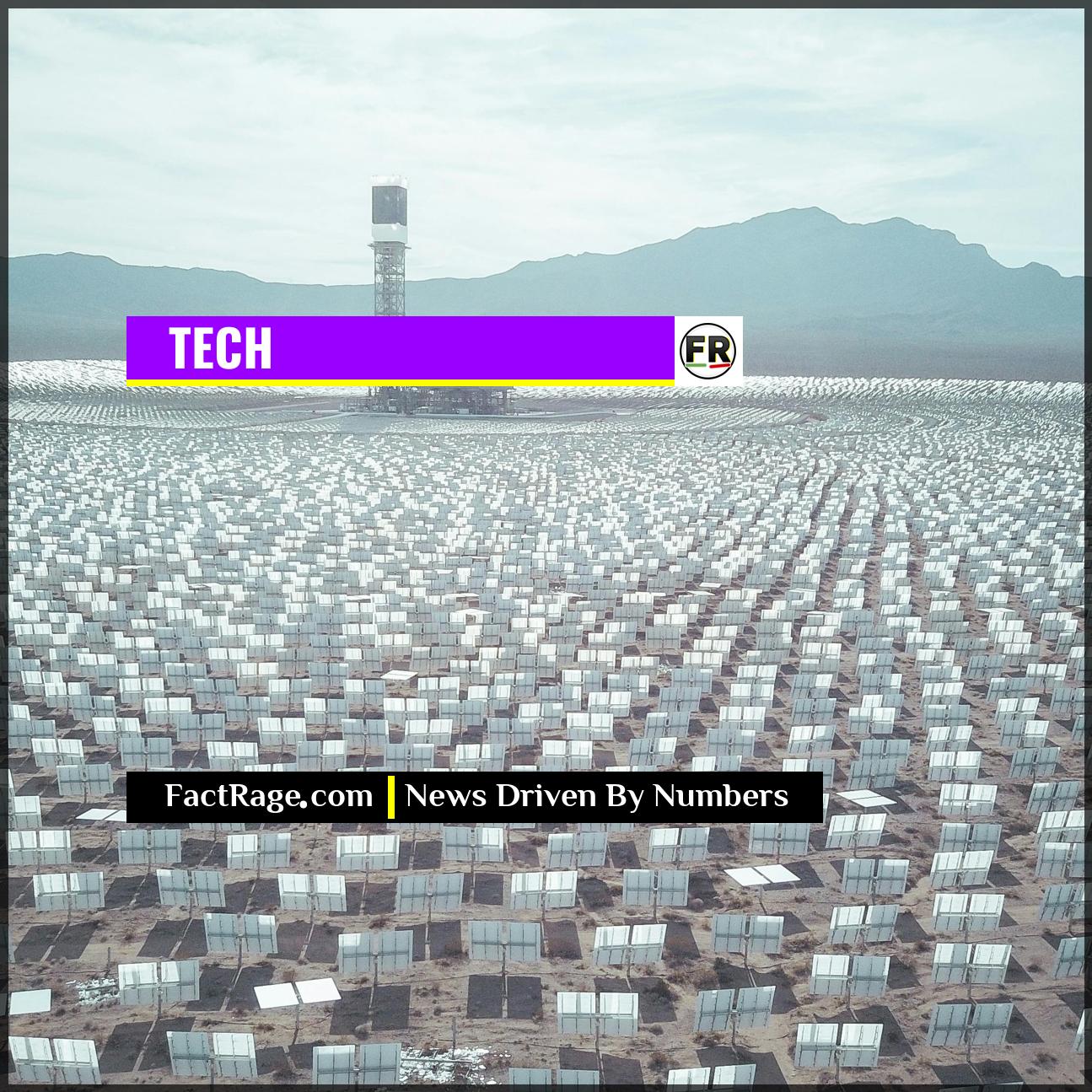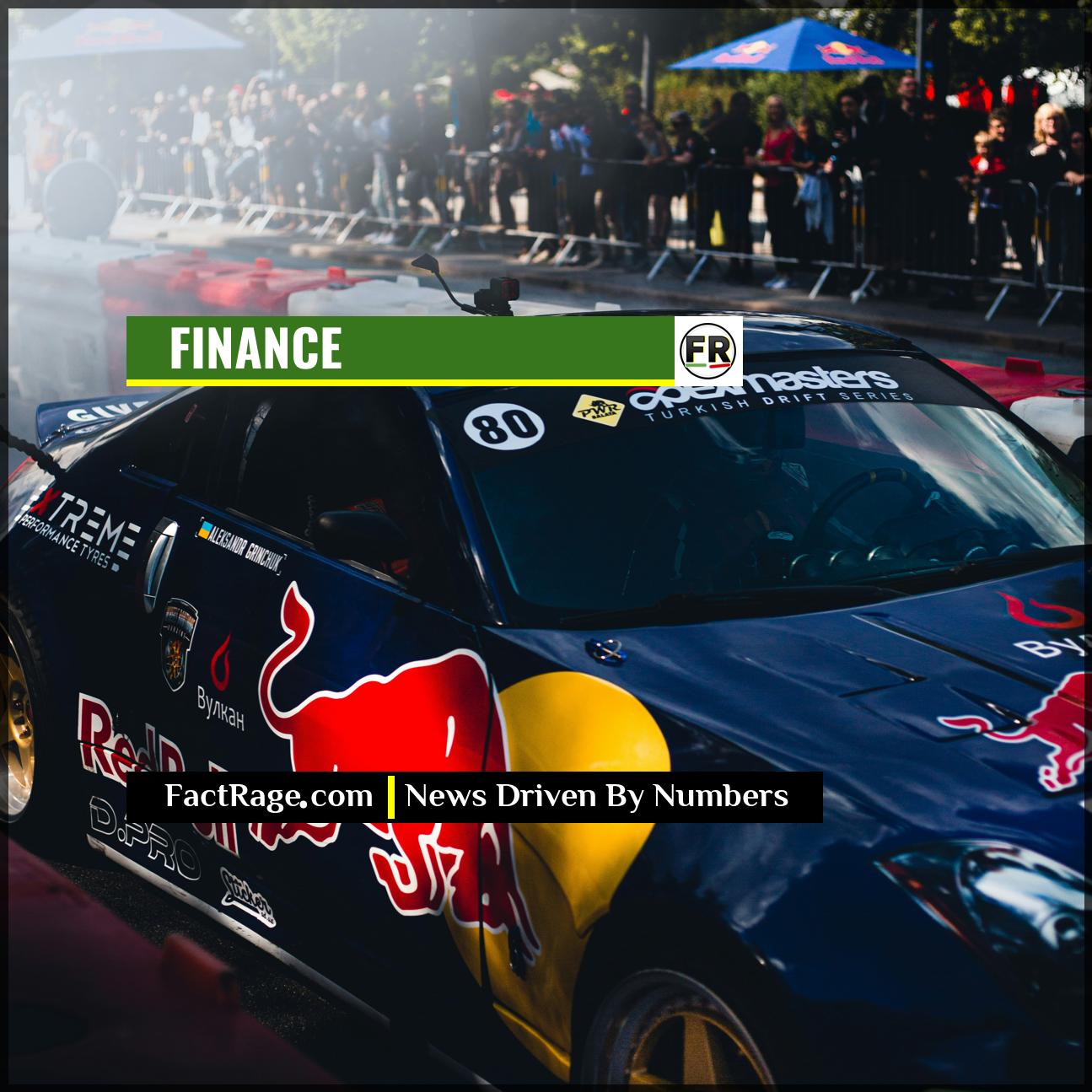SANTA CLARA, CA – Bolstered by unprecedented demand for its artificial intelligence processors, Nvidia has solidified a dominant market position that has reshaped the global technology landscape and vaulted the company to the top tier of corporate valuations.
- Unprecedented Financial Growth – The company has reported explosive, triple-digit year-over-year revenue increases, with recent quarterly earnings surpassing $28 billion, driven primarily by its data center segment.
- Dominant Market Share – Nvidia currently controls an estimated 80-95% of the market for AI graphics processing units (GPUs), a critical component for training and deploying advanced artificial intelligence models.
- Strategic Pivot to Full-Stack AI – CEO Jensen Huang’s strategy extends beyond hardware, aiming to lock in customers with a comprehensive ecosystem of software (CUDA), networking technology, and full-stack AI solutions.
The numbers behind the chipmaker’s ascent are staggering, but they prompt critical questions about the foundations of its market power and whether this level of dominance is sustainable in an increasingly competitive field.
Beyond the Ticker Symbol
![]() The meteoric rise of Nvidia’s stock is a headline story, but the real narrative is found on the balance sheet and in its long-term corporate strategy. Its valuation is built on more than just powerful chips; it’s a testament to a deeply entrenched software and networking ecosystem that creates a formidable barrier to entry. Yet, as the numbers show, no market position is unassailable, and the data points to significant competitive headwinds on the horizon.
The meteoric rise of Nvidia’s stock is a headline story, but the real narrative is found on the balance sheet and in its long-term corporate strategy. Its valuation is built on more than just powerful chips; it’s a testament to a deeply entrenched software and networking ecosystem that creates a formidable barrier to entry. Yet, as the numbers show, no market position is unassailable, and the data points to significant competitive headwinds on the horizon.
Read On…
Read on for a data-driven look at the strategic pillars of Nvidia’s empire and the emerging risks that will define its next chapter.
How Nvidia Built Its AI Empire

The core of Nvidia’s current success lies in its foresight and long-term investment in a parallel computing platform called CUDA (Compute Unified Device Architecture). Launched in 2006, CUDA allows developers to use Nvidia GPUs for general-purpose processing, not just graphics. When the AI revolution ignited, the world’s researchers and data scientists were already building on Nvidia’s platform, creating a powerful software “moat” that is difficult for competitors to penetrate.
This software lock-in is a key factor behind the company’s financial performance. For the quarter ending in late April 2025, the company’s data center revenue alone accounted for the vast majority of its multi-billion dollar earnings. This demand is fueled by major cloud providers and enterprises scrambling to build out the necessary infrastructure for large language models and other generative AI applications. The result is a company that isn’t just selling hardware; it’s selling the foundational tools for an entire technological shift.
A Strategy Beyond the Chip
While GPUs like the H100 and its successor, the Blackwell architecture-based B200, grab headlines, CEO Jensen Huang’s vision is far broader. The company is strategically positioning itself as a full-stack AI infrastructure provider. This strategy has three key pillars:
- Computing: The continued innovation in high-performance GPUs remains the core business.
- Networking: The 2019 acquisition of Mellanox Technologies for $6.9 billion gave Nvidia a critical advantage in high-speed networking. Efficiently connecting thousands of GPUs to work as one massive computer is a complex challenge, and Nvidia’s NVLink and InfiniBand technologies are industry standards.
- Software: Nvidia is bundling its hardware and networking with a growing suite of software, including the NVIDIA AI Enterprise platform, which helps companies develop and deploy AI applications more easily.
This integrated approach creates a sticky ecosystem. For a large corporation, buying a complete, optimized system from a single vendor can be more efficient and reliable than piecing together components from multiple suppliers. This makes the “Nvidia alternative” not just a different chip, but an entirely different infrastructure stack.
Gathering Clouds: Competition and Future Risks
Nvidia’s commanding position is not without challenges. A growing list of formidable competitors is actively working to claim a piece of the lucrative AI market. AMD has emerged as a significant rival with its Instinct MI300 series accelerators, which are gaining traction among some cloud providers. Likewise, Intel is pushing its Gaudi line of AI accelerators as a viable alternative.
Perhaps a more significant long-term threat comes from Nvidia’s own biggest customers. Tech giants like Google (with its Tensor Processing Units, or TPUs), Amazon (with its Trainium and Inferentia chips), and Microsoft (with its Maia accelerator) are investing billions to develop their own custom silicon. While these in-house chips are primarily for their own use, they reduce reliance on Nvidia and could eventually be offered to their cloud customers.
Beyond direct competition, investors are watching geopolitical risks, particularly concerning semiconductor manufacturing concentration in Taiwan, and the ever-present risk of market saturation. Nvidia has set an incredibly high bar for growth, and any sign of slowing demand could have a significant impact on its valuation. The company’s future success depends on its ability to continue innovating faster than its rivals and to justify its premium position in a rapidly evolving market.
Reading the Market Signals
![]() Nvidia’s current financial performance is a masterclass in market capture, built on a deep technological moat that competitors find difficult to cross. However, the data also points to a future where that dominance will be rigorously tested by both traditional rivals and its own powerful customers developing in-house solutions. Ultimately, the market narrative will be shaped not by past performance, but by whether the company’s full-stack strategy can continue to justify its premium valuation in an industry that relentlessly pursues efficiency and lower costs.
Nvidia’s current financial performance is a masterclass in market capture, built on a deep technological moat that competitors find difficult to cross. However, the data also points to a future where that dominance will be rigorously tested by both traditional rivals and its own powerful customers developing in-house solutions. Ultimately, the market narrative will be shaped not by past performance, but by whether the company’s full-stack strategy can continue to justify its premium valuation in an industry that relentlessly pursues efficiency and lower costs.














